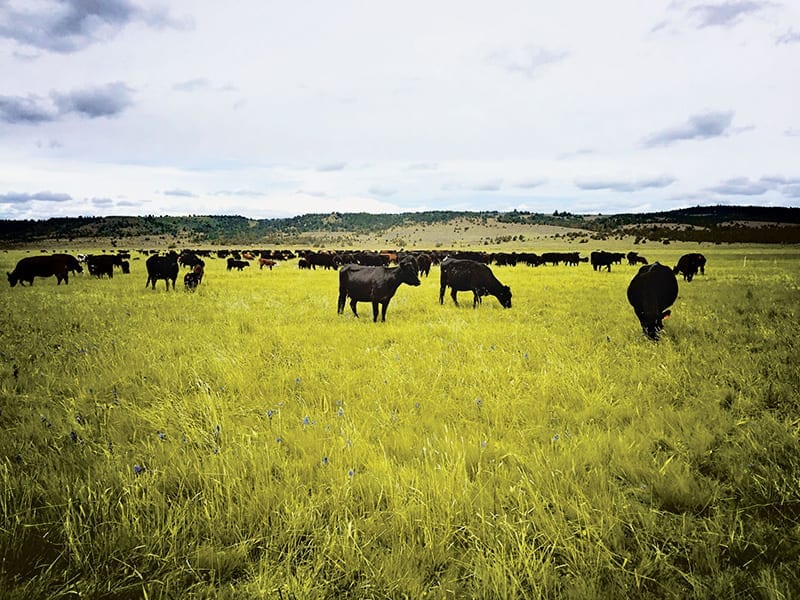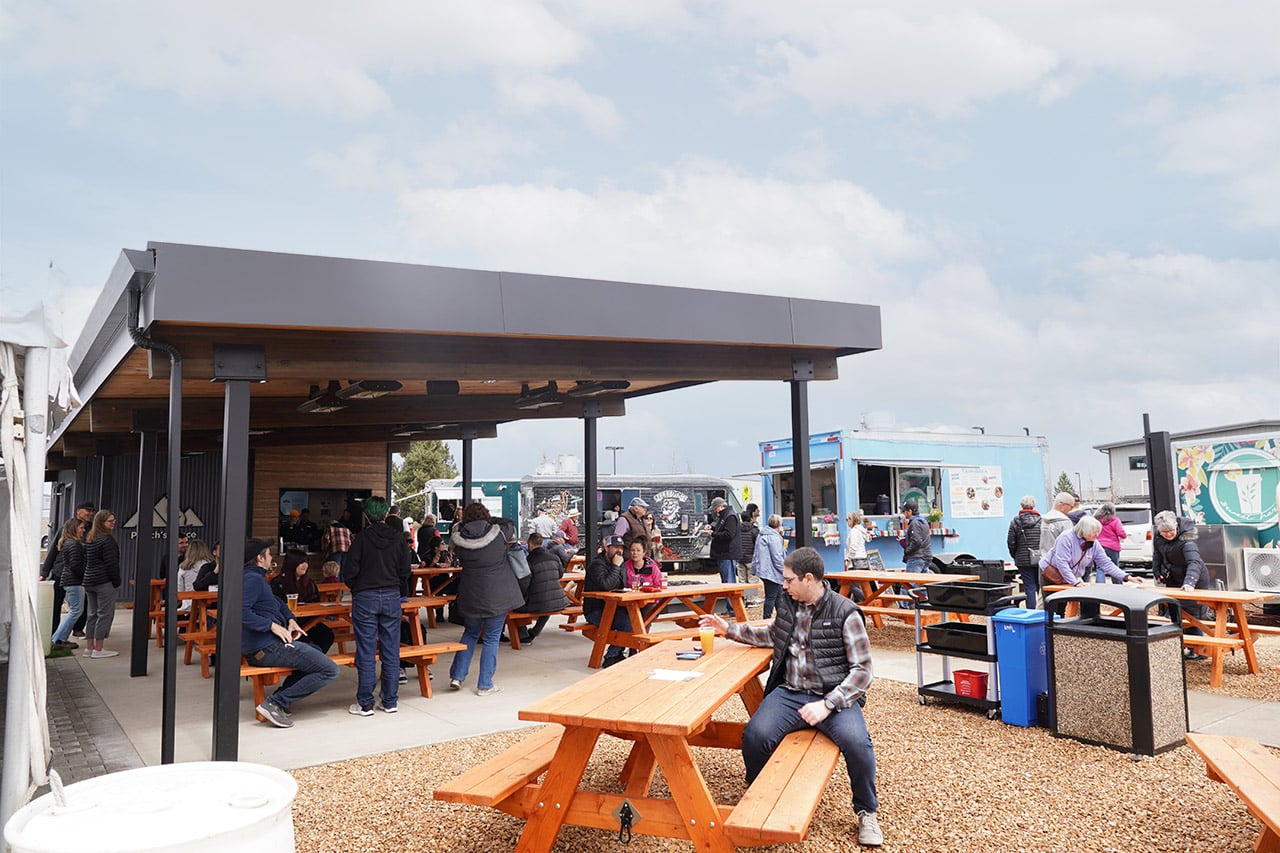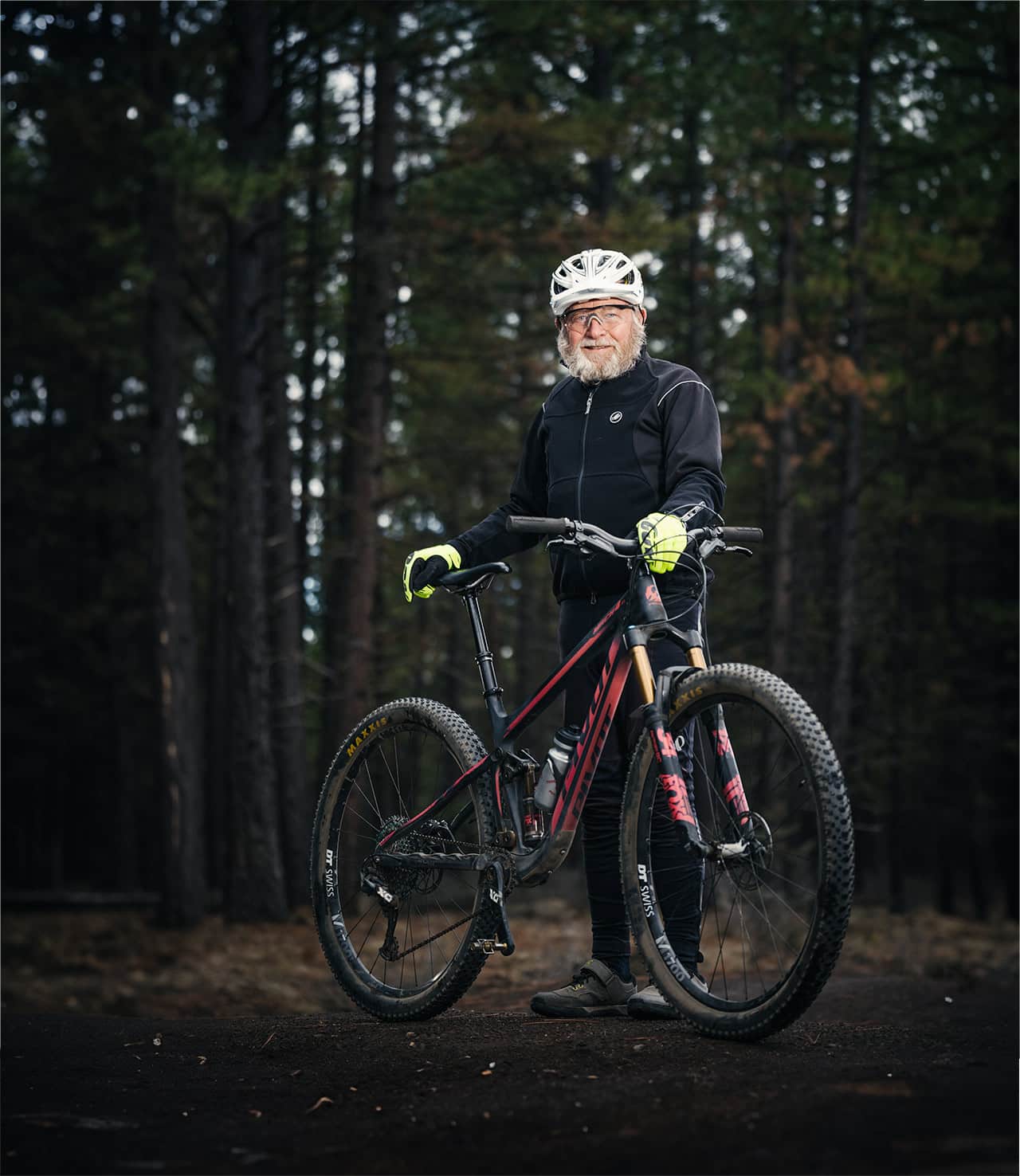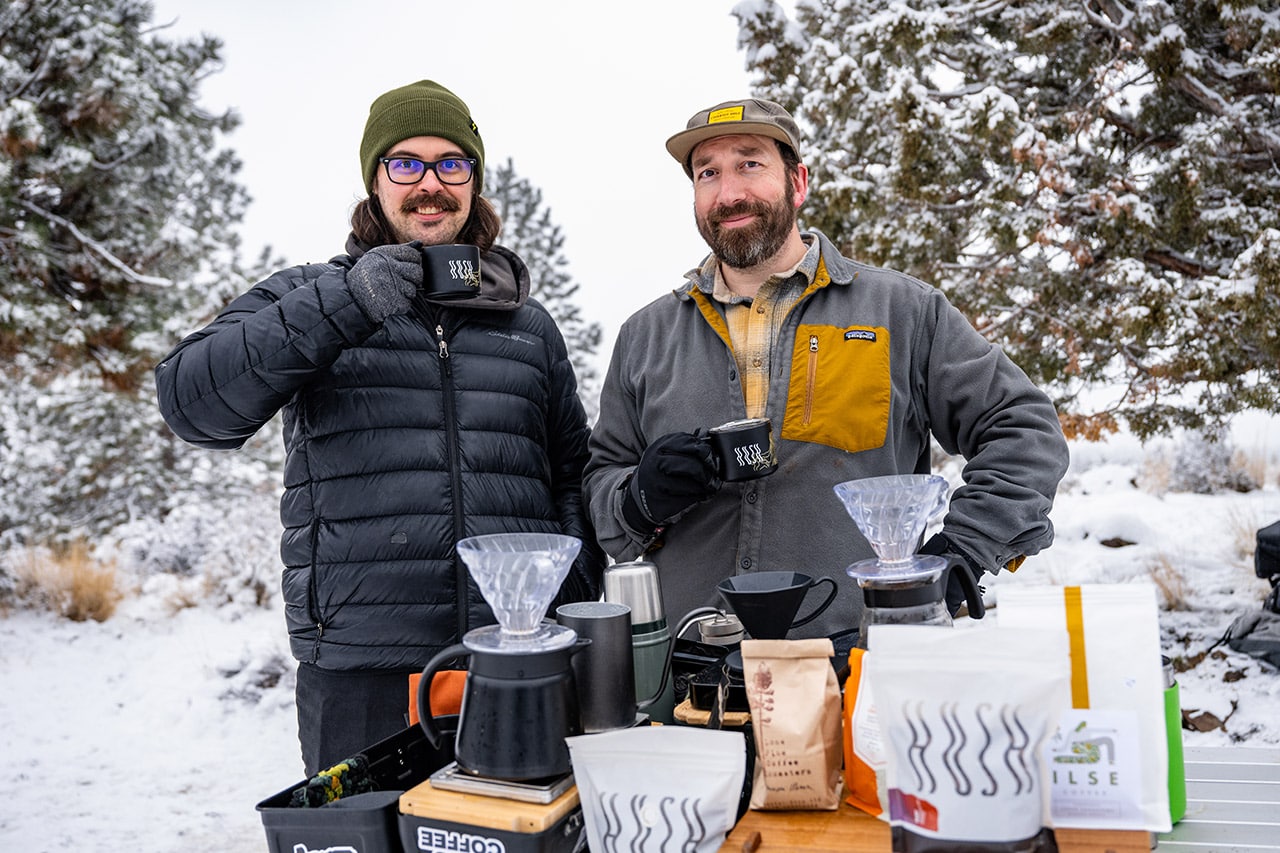Blue Mountain Ranch cattle in Paulina, Oregon. Photo by Joshua Langlais
Born in the Forest
Most of a cow’s energy requirements are in the third trimester of pregnancy and during lactation. Blue Mountain calves later than many traditional ranches, with mothers giving birth from May 1 until the end of June, so the ranchers are moving the cattle up to BLM and forest lands as calving begins.
There in the high meadows, grasses with high-energy proteins flourish naturally by late spring so Blue Mountain doesn’t have to feed hay during calving. This is more economical for the ranch and provides the cattle with the best high-energy nutrients at the most important time of the year.
Summer on Public Lands
Blue Mountain’s permit allows them to graze cattle on forest land through the end of September before the cattle are driven back down to Blue Mountain’s private range grounds for the remainder of the year.
Cattle in the grass finishing program spend sixty to ninety days on the lush irrigated meadows of the ranch to give them the best natural finish and flavor for customers.
Every Last Bite
“The cattle are not real high energy in the fall,” said Teskey. “It’s more of a maintaining time.” Calves are weened. The cattle are made to graze certain parts of the property’s range country, “strip grazing” all the available grasses from one area before being allowed to move on to another plot.
Newer and older grasses are drier by fall but “it’s still quality forage that we didn’t cut and bale. We boost with minerals and salt to supplement the grass.”
Why strip graze? “We want to keep as much nutrients on our ground as possible. Using cattle instead of equipment to harvest grass allows for a natural nutrient cycling through grazing, hoof impact and natural fertilizing.” said Teskey.
“Also, when the cattle eat everything, not just the young tender grasses it helps regenerate native species which flourish the next spring—as long as water is in sufficient supply.”
The Coldest Season
Cattle eat native grass and alfalfa that was grown primarily on the ranch and baled in the summer.








